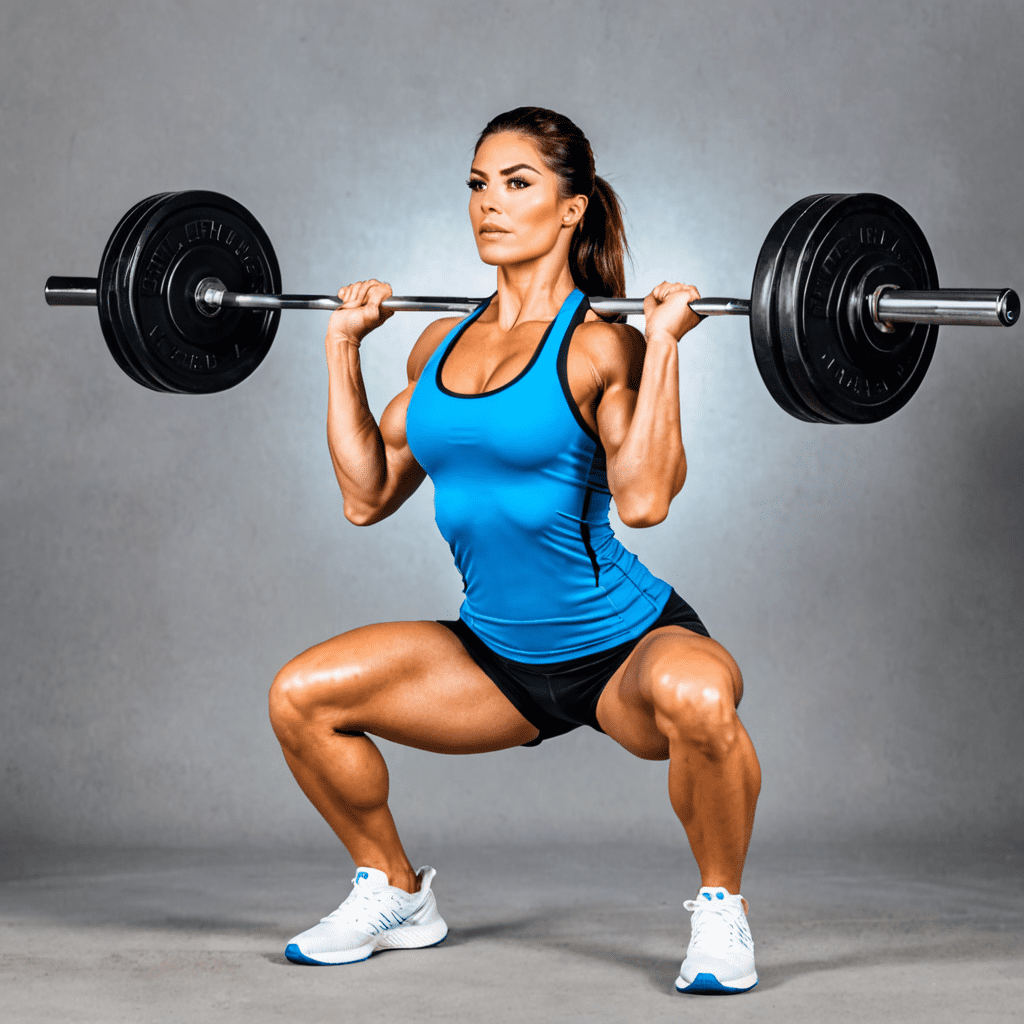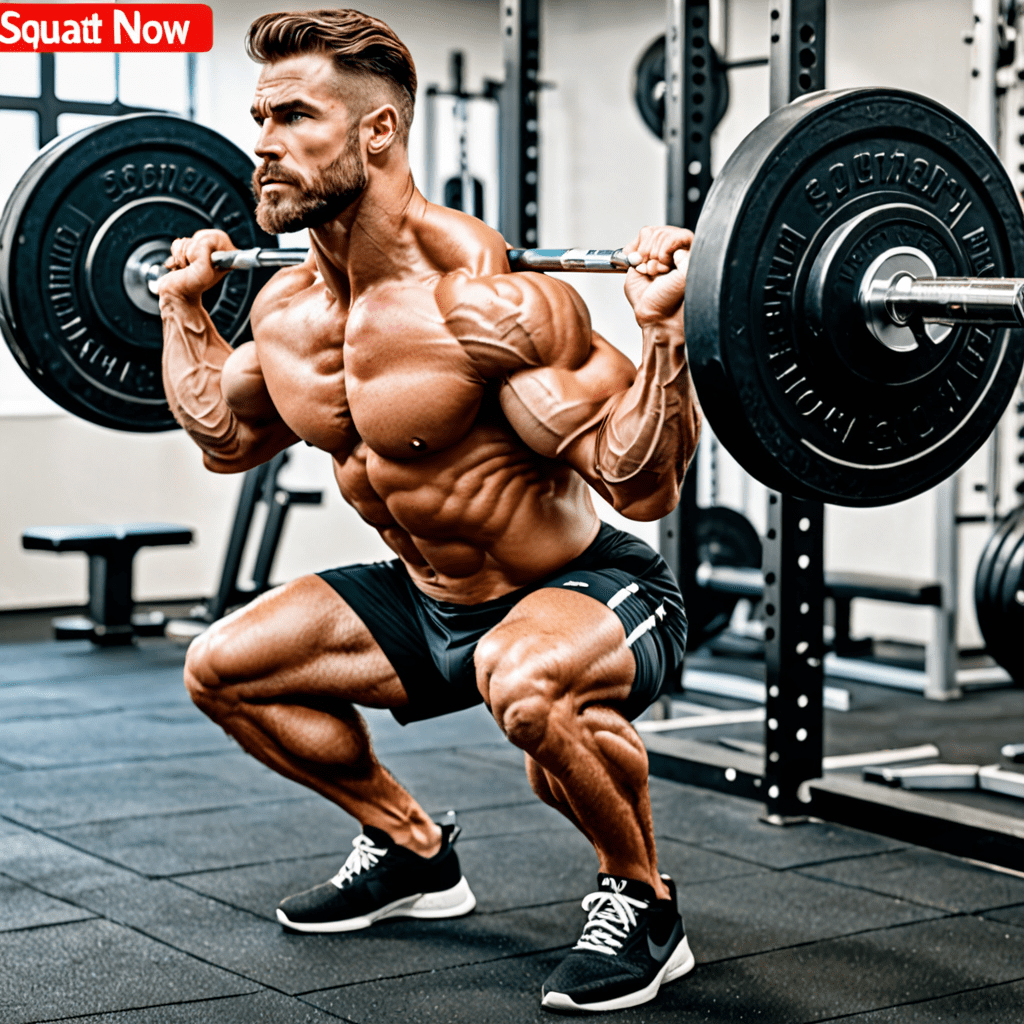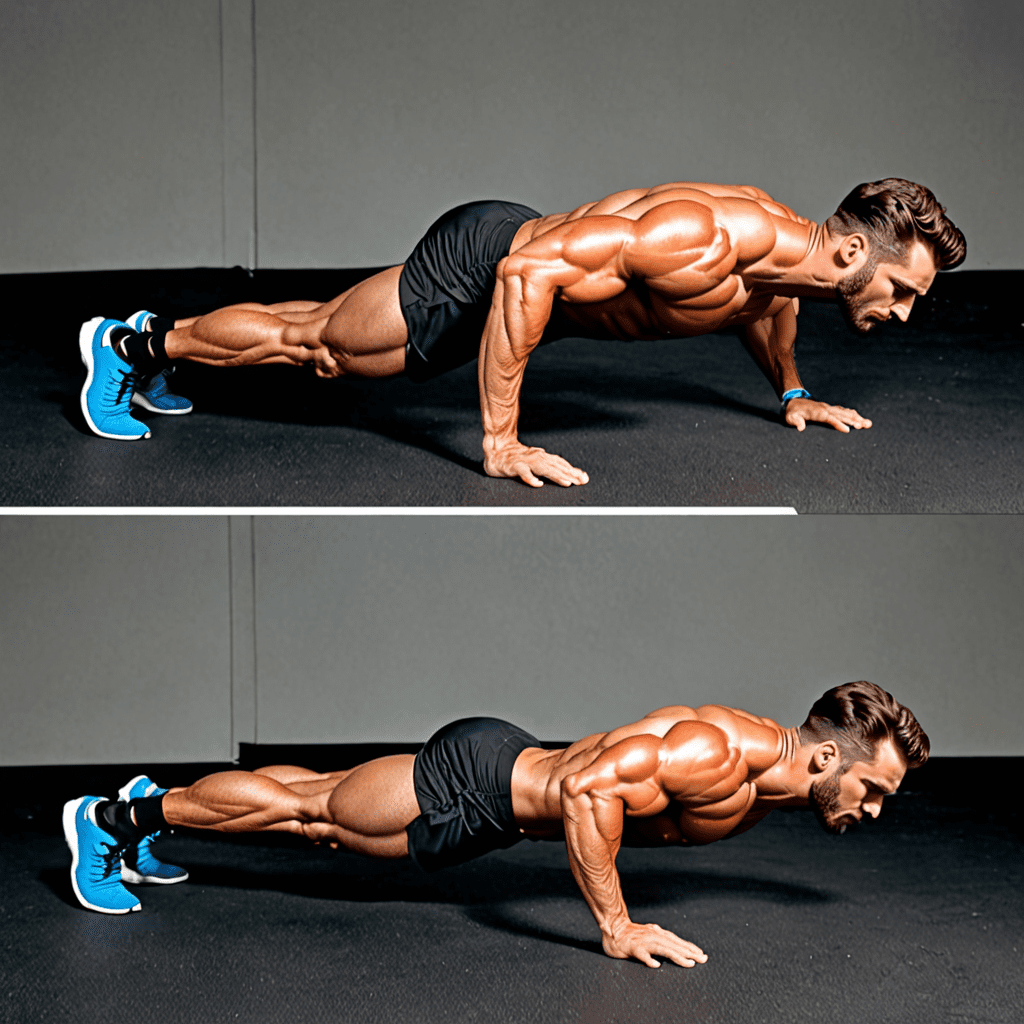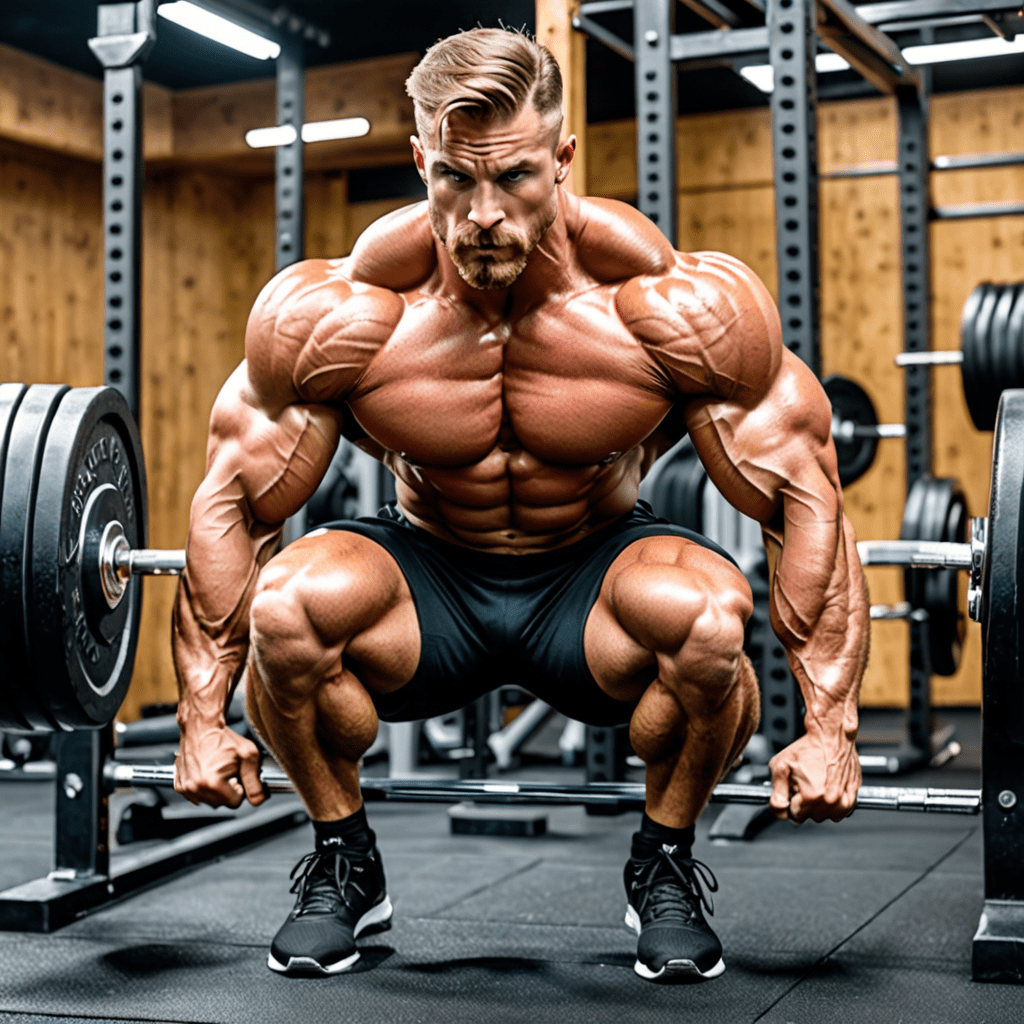
Mastering the Art of Squatting: Achieving a 315-Pound Lift
Introduction
Are you looking to improve your squatting technique and reach the impressive milestone of squatting 315 pounds? In this article, we will provide you with valuable tips and strategies to help you master the art of squatting and achieve that weight goal. Whether you are a beginner or advanced lifter, these principles will assist you in reaching your fitness goals.
Understanding Proper Form
Before you start squatting heavy weights, it is crucial to have a solid understanding of proper form. This not only ensures maximum muscle engagement but also helps minimize the risk of injury. Here are key components of a correct squat form:
1. Foot Positioning
Start by placing your feet slightly wider than shoulder-width apart. Point your toes slightly outwards to help with stability and weight distribution. Maintain equal pressure on all parts of your feet throughout the movement.
2. Core Engagement
Engage your core muscles by bracing your abdominals and tightening your lower back. This provides a strong foundation and stability during the squat.
3. Hip Hinge
Initiate the squat by pushing your hips back and bending your knees simultaneously. This movement should resemble sitting back into a chair, keeping your weight on your heels.
4. Depth and Range of Motion
As you lower into the squat, aim to achieve a parallel or slightly below parallel position. This ensures proper muscle activation and maximizes the effectiveness of the exercise.
5. Breathing Technique
Breathe in deeply before descending into the squat and exhale forcefully as you push back up. This helps you maintain stability and power throughout the movement.
Progressive Overload
One of the keys to squatting 315 pounds is implementing the principle of progressive overload. This involves gradually increasing the weight you lift over time to continuously challenge your muscles and stimulate growth. Here’s how you can incorporate progressive overload into your squatting routine:
1. Start with Proper Weight
Begin with a weight that you can handle comfortably while maintaining good form. This will vary based on your current strength level.
2. Gradually Increase Weight
Each week, aim to increase the weight you lift by a small increment. This can be as little as 5 pounds, depending on your ability and the equipment available. Consistency in adding weight is key.
3. Use Different Repetition Ranges
Periodically vary your rep ranges to challenge your muscles in different ways. For strength gains, focus on lower reps (around 3-6) and higher weight. For muscular endurance, incorporate higher reps (around 8-12) with slightly lower weight.
4. Focus on Proper Recovery
Ensure sufficient rest and recovery between squat sessions to allow your muscles to repair and grow stronger. Aim for at least 48 hours of recovery before targeting the same muscle group again.
Consistency and Persistence
Lastly, achieving a 315-pound squat requires consistency and persistence. Here are some tips to help you stay on track:
1. Create a Structured Program
Develop a structured squatting program that includes specific goals, training frequencies, and progressive overload principles. This will provide a clear roadmap to follow.
2. Stay Accountable
Find a training partner or join a supportive community to hold yourself accountable. Having someone to share your progress with can provide motivation and encouragement.
3. Listen to Your Body
Pay attention to your body’s signals and adjust your training accordingly. If you feel excessive fatigue or pain, consider taking a break or consulting with a fitness professional.
4. Celebrate Milestones
Recognize and celebrate your progress along the way. Whether it’s adding an extra 10 pounds to your squat or achieving a new personal record, acknowledge your achievements to stay motivated.
FAQ
Q: Are squats safe for everyone?
A: Squats can be safe for most individuals when performed with proper form and appropriate weights. However, if you have specific health concerns or pre-existing injuries, it is advisable to consult with a healthcare professional before attempting heavy squats.
Q: What if I can’t squat 315 pounds?
A: Not everyone may be able to squat 315 pounds immediately, and that’s perfectly fine. Remember, progress is individual, and everyone starts at different strength levels. Focus on consistent effort, proper form, and gradual increases in weight to reach your personal goals.
Q: Are there alternative exercises to improve squat strength?
A: Yes, various exercises can complement and enhance your squatting ability, such as lunges, Bulgarian split squats, and leg presses. Incorporating these exercises into your routine can help strengthen the muscles involved in squatting and contribute to overall progress.


